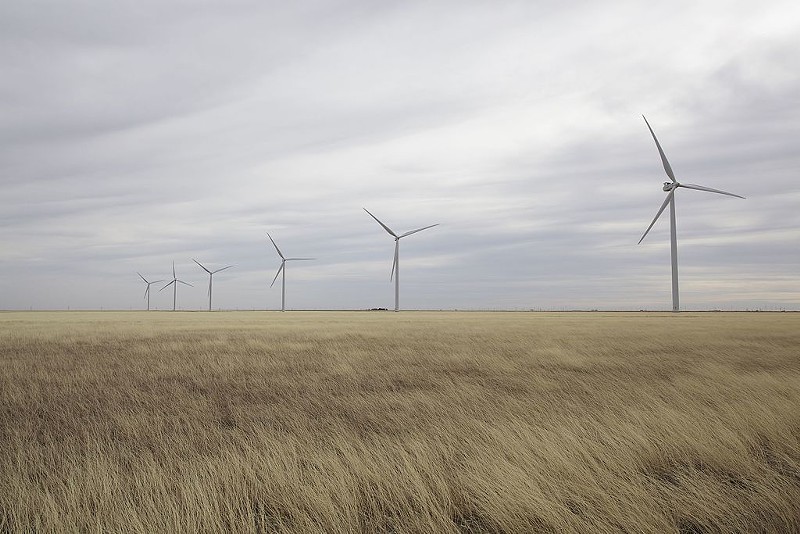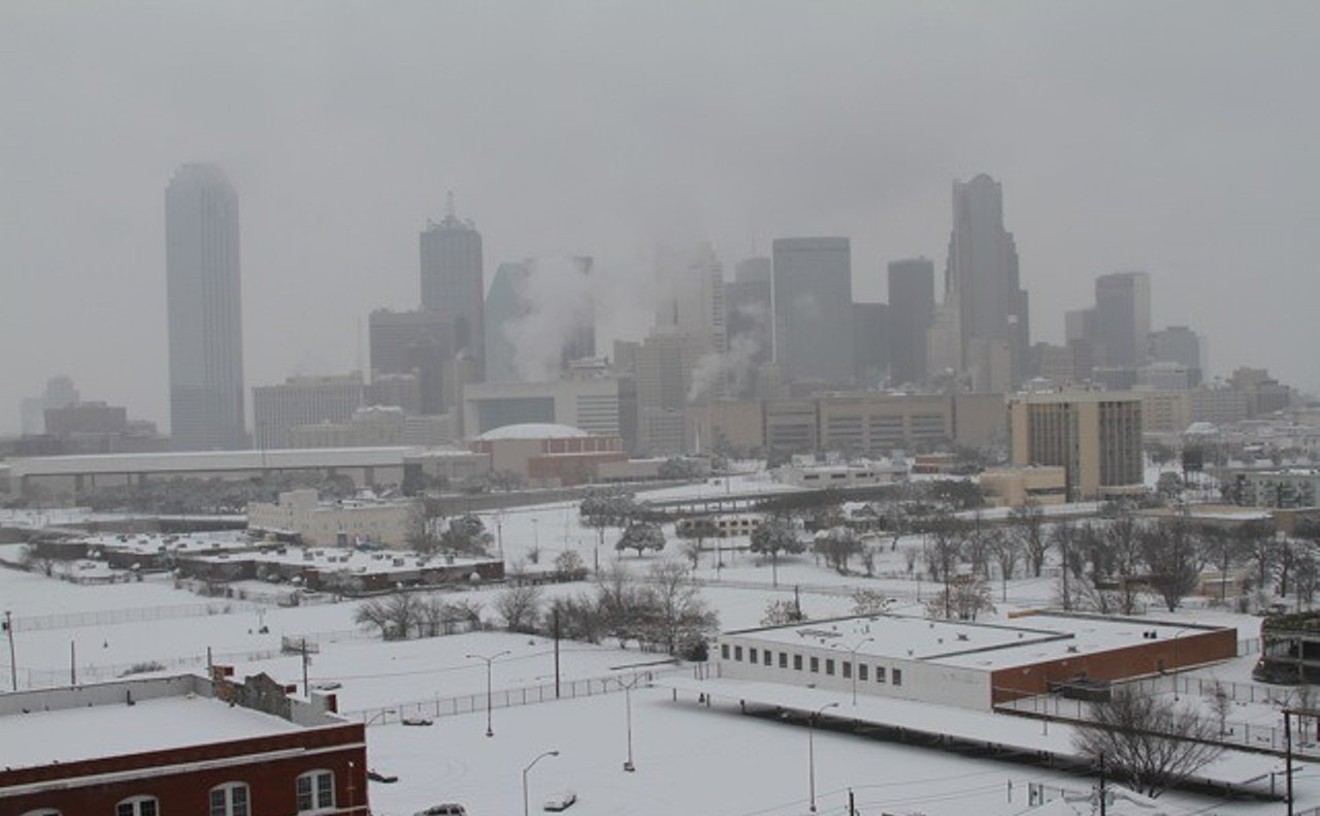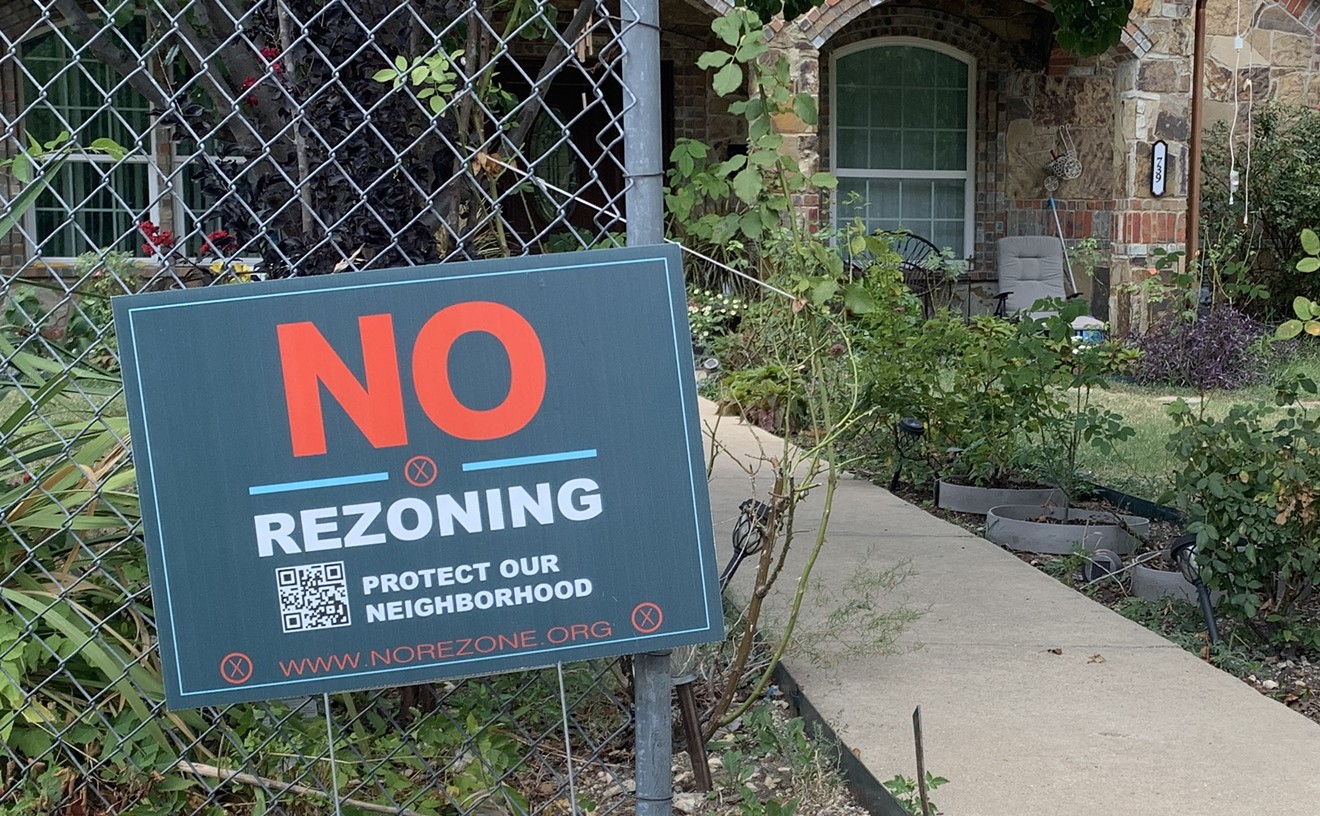Everything is bigger in Texas, so they say, and right now, that’s probably translating to your electric bill.
“My bill went up like crazy,” Michelle from Oak Cliff emailed the Observer last week. “Everything is going up. I’m a single mom working to make ends meet.”
While inflation is hitting consumers hard, it doesn’t necessarily explain the rise in electricity costs that has outpaced other price raises. In fact, Bloomberg estimates that your electric bill is set to keep rising, even as other inflation-impacted costs cool.
In the Dallas-Fort Worth area, residents are paying 16% more on their electric bills compared with this time last year, according to the Bureau of Labor Statistics. That's four times higher than the average increase across all U.S. cities, and the steep spike is resulting in other bills going unpaid.
State Sen. Nathan Johnson, who represents Dallas County, says his office has been receiving calls from constituents whose bills look steeper than they have in years past. For families with discretionary income, those utility hikes might be taking a bite out of vacation or holiday savings, but for those living paycheck to paycheck, a 16% increase on an essential service can be crushing, Johnson said.
“We are getting general concerns of, ‘Wow, my bills are really high,’” Johnson told the Observer. “It's hard to make ends meet in some cases for people who have no marginal income. Even people of greater affluence are just kind of shocked at what they're paying.”
Why Texas Is Harder Hit Than the Rest of the U.S.
At the start of the summer, the National Energy Assistance Directors Association predicted that the West South Central region of the country, which includes Texas, Oklahoma, Arkansas and Louisiana, would see the highest electric bills from June through September. The average household in the region could end the summer having paid $858 for electricity, NEADA said, over $60 more than the next-highest paying region.
One of Johnson’s primary legislative priorities is to increase the affordability and reliability of Texas’ power grid, but even for an expert, it’s hard to pin down exactly what is contributing to the rising costs of power residents are seeing statewide. Increased demand and increasingly extreme weather have both played a role in destabilizing energy across Texas.
Population growth and the “electrification of the oil and gas industry” have both driven up demand in recent years, he said. As Texas plays up to its business-friendly reputation, the on-shoring of electricity-driven manufacturing is building demand exponentially.
Major innovation in the energy sector looms on the five-year horizon.
— Senator Nathan Johnson (@NathanForTexas) August 16, 2024
From batteries to molten salt reactors, from carbon capture to green hydrogen, from optimizing transmission to updating market mechanisms, all woven together with our nation-leading renewable and thermal… pic.twitter.com/7QatAKoaMk
And, although the state is producing more renewable energy than ever before, the infrastructure to utilize it is lacking.
“Distribution is done at the local level, and as populations grow, we have to build new distribution networks,” Johnson said. “And as we saw in [Hurricane] Beryl, we have to maintain the existing distribution infrastructure, and that costs money.”
Revamping our electric infrastructure is sure to cost Austin a stack of cash, but leaving it as-is is hurting consumers. A report from Energy Innovation found that transmission rates — the price of getting electricity to your home — have noticeably increased nationwide, outpacing inflation 2:1. Meanwhile, geopolitical instability like Russia’s invasion of Ukraine have highlighted the volatility in natural gas prices, adding to the price spike.
Higher Prices Lead to More Unpaid Bills
In the same NEADA survey that predicted the high cost of Texas’ summer, the association found that increased bills are leading to more left unpaid. As many as 16% of American households could be behind on their electric payments, the survey stated, which could lead to power, and air conditioning, being shut off in the peak summer months.
Dallas County does offer a Comprehensive Energy Assistance Program to help low-income residents pay their utility bills, prioritizing households with elderly, disabled or infant residents. The program is in such high demand that there is currently a 10–12 week delay in enrolling, a notice on the county website states.
In state Senate meetings, Johnson said that the state could take some of the responsibility for rising prices and temporarily subsidize utility bills for those in need during peak summer and winter months, while working to build a better electric system. He believes the program would work best if state money went to local programs like that in Dallas.
“The state built this system, and the volatility in what we built has put a whole new level of cost on people. A family that is living month to month can't adjust to a 30, 40, 50% price increase for an essential service like electricity,” Johnson said. “Because we created this volatility, I think we do have an obligation to make sure the people that cannot withstand it are able to get by.”













